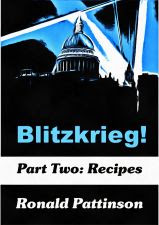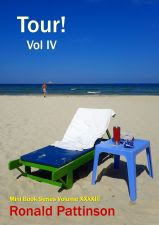This going to be a tricky one. As I didn't drink that much beer this year. Or many different types of beer. Which may surprise you.
Rather than a crate of St. Bernardus Abt per week, I got through little more than one for the whole year. I bought 13 bottles for Christmas 2024. And still had four bottles left six months later. Nonetheless, Abt remained one of the best beers I drank all year. Sweet, malty and warming. Lovely stuff.
I quite enjoyed Noi Amara Imperial IPA, at a refreshing 10% ABV, when in Rio. A lovely breakfast beer, full of bitterness and, happily, pretty sludge-free.
There was also an excellent English IPA in Brazil, but I drank it while judging and so have no idea what the beer was. A shame, as I would happily drink it again. And let you know its identity, too. I judged a really good Lichtenhainer, too. Fuck knows what that was, either.
Obvoiuusly, Cooper's was dead good in Adelaide. Cask Castlemaine XXXX was very drinkable, too. And I usually fucking hate Australian Lager. Which was confirmed by an undrinkable Carlton Draught in Marvel Stadium in Melbourne. (Best toilets ever in a stadium.)
On the bus driving the judges around in Singapore after judging, I had a left-over competition beer that was pretty good. A Chinese-brewed IPA of some sort. Very nice. That I was dead thirsty and it was free may have influenced my evalaution.
In Maidstone in October, the one beer I drank was a beautiful pint of Harvey's Sussex Best. If looked after, it's a killer pint. Packed with character. All beer used to be like this.
In October I bought some Dutch Bok. A six pack of Amstel and another of Brand Doppelbock. The Amstel was as reliably good as ever. It's the classic Dutch Bok, rich and malty. And wonderful value for money.
Think that was boring. Wait until you get to the next post on pubs.





























































































